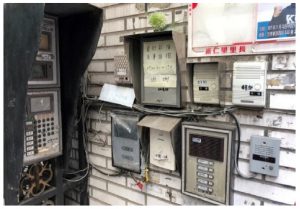
Overviews:
Energy upgrades are always being neglected in aging buildings, especially elevators. Only when safety issues happened or it was out of service, did residents start to discuss elevator replacement. More than 50% of buildings had been built for more than 30 years in Chinese Taipei, making elevator renovations be a more urgent issue to solve. This project will use a little aging residential complex, called Yixian Fuyi (YF), as an example to demonstrate the collaboration between Taipei City Government, professionals, and citizens, including subsidization, technical consultations, and further potential to save more energy. After elevator energy efficiency improvement and small control applied, the effect of carbon reduction from this project creates 0.5% of the New York Central Park. Moreover, its potential ripple effect in Taipei City might create 7.2 more New York Central Park. Likewise, on a Chinese Taipei scale, it can further create near 100 more.
Abridged Version Please Click the Link Below:
https://drive.google.com/file/d/1aATXZApv896–YQwzH7BH4seQYylAXjQ/view?usp=sharing
Full Context:
Background
Retrofitting existing buildings, especially aging ones, is one of the important strategies to achieve the global goal – Net Zero by 2050. However, they are also the most difficult ones to increase their energy performance because they were built without thorough energy codes complied. Take Chinese Taipei as an example, 50% of the existing buildings were under this category. Taipei City along specifically has the most aging buildings out of the other five capital cities, comprising 71.37%.
When it comes to existing building energy upgrades in Chinese Taipei, always starting from the three major energy-consuming systems in a building, are HVAC (48%), the lighting system (44%), and Elevator (6%). With the advantage of a short payback period, most lighting and HVAC systems have already been replaced with LED lighting and high-energy efficient HAVC. In comparison, elevator renovation needs a higher up-front cost and a longer payback period. Residents won’t give much thought to them until being out of service or having safety issues. Not to mention, buildings without building managers or facility teams.
Back in the 70s to 80s, while the economy was growing, the demand for real estate was soaring. In the city area, it was dominated by a 5 to 7 story apartment complex with an elevator, which means fewer units (normally 5 to 30 units per apartment complex) can share the fees for major renovations. Additionally, they usually do not have professionals or a condo association to regularly arrange maintenance on shared common areas.
As discussed above, Taipei City Government launched a green building and smart building initiative that offers cash incentives for the existing apartment complex to undergo renovations. It includes any construction related to energy performance upgrades and decarbonization such as equipment changing, green roofs, and smart technologies. The following section will demonstrate a successful elevator renovation project and show how did it go one step further than replacing inefficient equipment. By reconstructing the door phone, change residents’ behavior to further save around 13% of energy demand.
Yixian Fuyi Project Description
Yixian Fuyi (YF), a 7 story building, was built in 1992. It has the same challenges in terms of aging building in Chinese Taipei. According to the Taipei City’s level, it is a small-scale apartment complex with only 29 units. As explained earlier, it does not have one centralized condo association to take care of common areas. Only if there is a resident to volunteer, does the energy upgrades may be brought up. This project will focus on elevator modernization and will be illustrated in two phases.
● Phase 1: Energy Upgrade – Elevator Replacement
The elevator in YF had been operated for 25 years back in 2017. Its safety and legality are questioned. First of all, it could not stop at the right level, having a 30-centimeter deviation. This caused one elderly resident to sprain her ankle. Additionally, it was sealed by the inspector because it was not inspected twice a year according to the building code. Although the elevator renovation has long been neglected, these two reasons were the last straw to facilitate the renovation. Therefore, the residents spontaneously renovated its elevator to solve the problems and the renovation largely increase the energy efficiency.
● Phase 2: Behavior Changing – Door Phone Reconstruction Plus Floor Control
After the success of the first phase, the residents started to care about the common areas and collaborate with Taipei City Government to explore the potential of further energy saving in an existing aging building in 2019. Taipei City Government hoped to raise awareness of elevators’ efficiency improvement by this project. In this phase, Taipei City Government’s partner, Taiwan Architecture & Building Center (TABC), recognized the potential to further increase the performance of the elevator under the context of aging existing buildings by behavioral changing. It not only fixed the door phone to increase the convenience but also save 13% more energy after elevator replacement.
The following sections will be divided into seven categories to explain strategies, solutions, performance, public promotion, impacts, women’s empowerment, and gender equality were used in this renovation project.
Strategies
● Elevator Renovation – Replacing RM Motors and Inverters (Phase 1)
Because of the problem of old models’ geared motors, it causes unnecessary energy loss. Therefore, upgrading to a PM motor with variable voltage variable frequency (VVVF) lift drive is pivotal to increasing energy performance. Although the above-mentioned equipment has been a norm in new buildings, it is the first step to make elevator energy smarter.
● Video Door Phone Reconstruction Plus Floor Control (Phase 2)
When energy saving has already been to its limit, behavior-changing is the only way to further decrease the energy demand. It sounds like a simple solution but it is the hardest to accomplish. Bringing convenience to life is the only way to naturally reform users’ behavior. After closer observation, professionals realized installing a new video door phone plus floor control can be the answer to avoid energy demand and improve living quality. As shown in Figure 1, a dozen of door phones were installed in the front door separately by some of the residents. However, they did not solve the fundamental problem of the broken wiring system. Therefore, the self-installed door phones can only be seen as doorbells. They did not possess the function to open the front door which means when visitors or deliveries came, residents had to take the elevator down to open the door and go up again. Consequently, installing a new video door phone plus floor control can save one unnecessary ride and increase the security level.
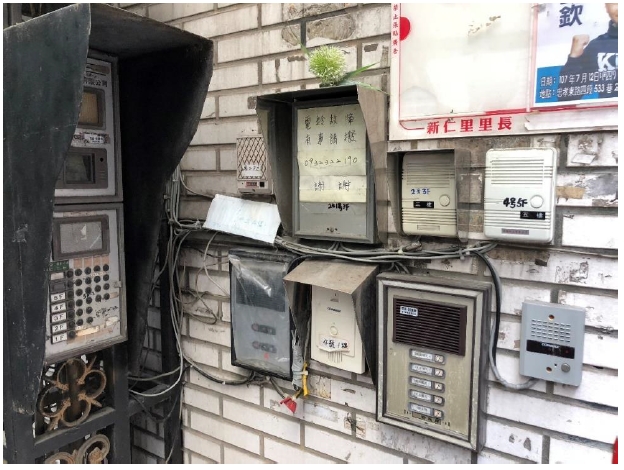
Figure 1 Residents Self-Installed Door Phones
Solutions
● One Volunteer Represents as a Condo Association
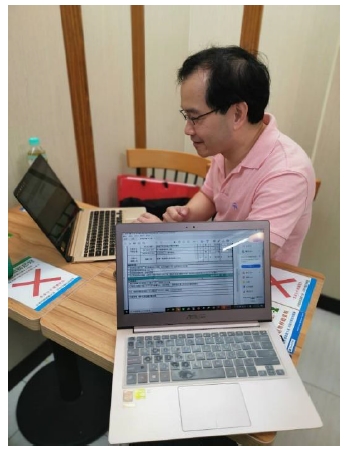
The aging apartment complex in Chinese Taipei usually does not have a condo association to integrate units’ opinions on common areas. It highly relies on one volunteer as the representative to start the discussion, regarding any facility upgrades. Take YF as an example, Mr. Liu, an attorney, is trustworthy from neighbors so he always acts as if a condo association to get agreements from residents and negotiate with second parties. Although it may not as efficient as having a complete condo association, social interactions are increasing during the process.
● Collaboration with Taipei City Government
Taipei City Government has launched the Green Building and Smart Building Initiative for nine years. It offers cash incentives for existing apartment complexes when doing energy upgrades and improving the quality of the living environment. YF joined the initiative in 2019. Taipei City Government not only offered 49% of the cost (maximum 107,000 USD) for renovation on common areas but also provided consultation for technical support, dispute settlement, and document preparation. As mentioned in solution one, aging existing buildings usually elect one representative rather than found a condo association. Thus, professional teams from Government also compensate for the defect of lacking management organization.
● Choose Wireless Systems Over Wired System
Originally, considered to signal stability, YF decided to choose a wired video door phone system. However, the wired system needs to install 29 indoor units for each household which do not include in the initiative. After the close assessment, including wire-speed, cost, hygiene and material dosage, the residents chose the cloud wireless system as the alternative. When visitors call from the video door phone, residents’ cell phones will receive a notice to confirm visitors’ identification and send them to the specific floor only, as shown in Figure 2.
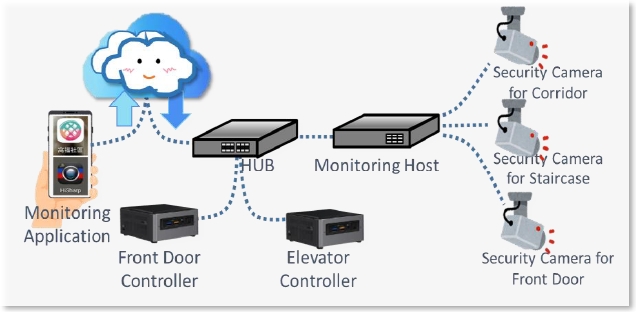
Figure 2 Process for Using Cloud Wireless Door Phone
It also simplifies the process of wiring for the whole building. Less wiring means less cost, material dosage, construction period, and carbon footprint. Furthermore, the pandemic hit while the discussion started. Cloud wireless system prevents residents from touching high-touch surfaces. With one phone in their hands, they could go home without pressing any button. The benefits of this cost-effective alternative are quantified in the performance section.
Table 1 Wired System vs. Wireless System
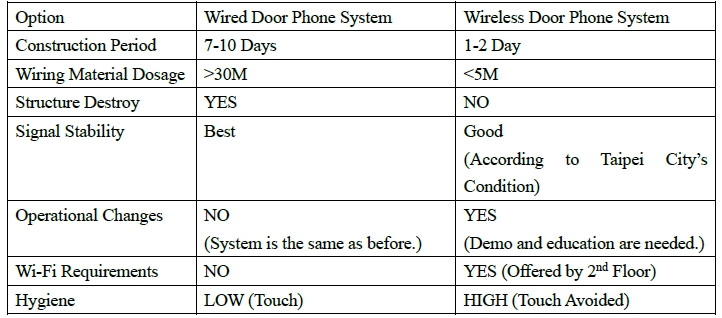
● Fair Expenditure Allocation
(Phase 1 by Floor, Phase 2 by unit floor area)
Phase 1 (Elevator Renovation):
Due to the dependency on the elevator, the cost was prorated by floor. The higher floor spends more than the lower floor. The cost was allocated by travel distance, as shown in Table 2. Take the second floor as an example, it takes the travel distances for one floor, from the first floor to the second floor. Then, calculate how many travel distance per unit are needed which transfers to the proration of the cost.
Table 2 Payment Allocation in Phase 1
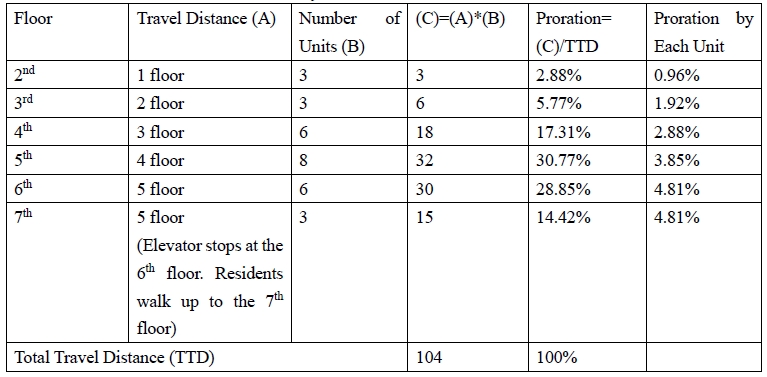
Phase 2 (Wireless Door Phone Installation Plus Floor Control)
In phase two, the problem of dependency for using the elevator does not exist. Every resident’s need for a door phone is the same but the additional value for equipment upgrades is different. Therefore, residents decided to prorate the cost by each unit’s floor area, as shown in Table 3.
Table 3 Payment Allocation in Phase 2

● Income from an Advertisement Panel to Subsidize Monthly Cloud Subscription Fee
As mentioned in the background section, this type of small-scale apartment complex does not have a tight budget to maintain a well-functioned building. Residents in YF actively seek for sponsors to offset their cost for door phone monthly cloud subscription fee, 22 USD. They installed an advertisement panel for free, called Elevator Information Platform, EIP, that gives them a 12 USD extra income each month. After deducting the cost of the electric fee for the door phone and EIP, 1.5 USD, the monthly operation fee drops to 11.5 USD. It means each unit only pays 0.4 USD a month. Installing EIP created two by-products as well. It can be served as the YF’s bulletin board and advertise nearby shops and online stores, which helps to implement paper saving policy. Moreover, it has a built-in air purifier that is a value-added function during the pandemic.
● Demo the Operational Changes to Educate the Residents
Compared to the original plan, the method of wireless operation takes more than pressing one button. It requires residents to install a setup application on mobile devices. Then, residents confirm visitors’ identification, approve their requests on the devices, and send them to the specific floor. It may be easy to use for younger people. However, the elderly need time to adapt to the new system. Therefore, setup and user manuals were uploaded on YouTube which helps new residents to learn from scratch and watch repeatedly. According to the energy consumption pattern, we can see 9% more energy-saving after the demo. It indicated video tutorials work well.
Performance
● Energy Saving
All systems such as the lighting system, air conditioning remained the same in YF, except for elevator energy upgrades. Thus, although there is no specific meter for the elevator, the electric bill can be seen as an indicator. In phase one, it showed a 37% energy demand decrease from 1600 kWh to 1000 kWh/month. In phase two, it is evident that behavior changing through smart management can save around 13% more energy in this type of small apartment complex without a management team to handle maintenance for common areas.
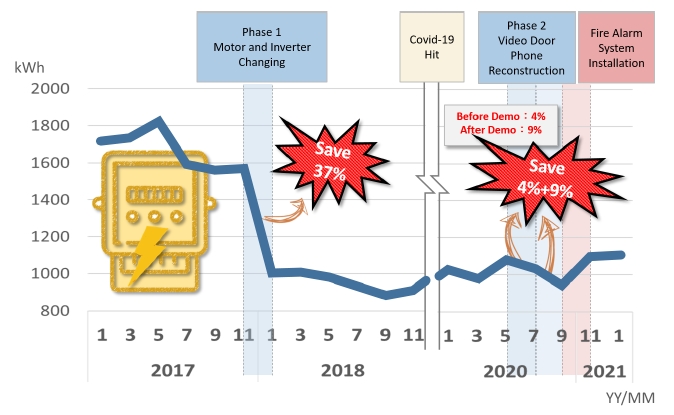
Figure 3 Energy Consumption Pattern
● Cost-Effectiveness
In phase one, it is self-financing by the residents so elevator retrofitting in YF aimed to preserve usable parts and only upgrade inefficient ones. The elevator rail and the counterweight remained the same with slight adjustments. Likewise, the elevator cab only did little interior upgrades, including LED lights replacement and interior material modernization. With the combination of preservation and new construction, the residents saved 17942 USD which is 40% off compared to the full replacement. In phase two, Taipei City Government offers 49% of the construction cost for renovation. However, the cash incentives can be only used for shared common areas. Therefore, the original plan was to install a wired system which costs 28779 USD. According to the rule of the initiative, YF only got 13% of the cost. Therefore, a wireless system as the alternative not only lowered the construction cost (4292 USD) but also received a full amount of cash subsidization of 2103 USD (49% of the cost).
As shown in Table 4, changing from wired system to wireless system cost down almost 85% of the construction cost. With the cash subsidization, 2103 USD, from the government, each unit paid only 75 USD on average. Although the wireless system has an additional monthly operation cost, it only costs 0.4 USD per unit.
Table 4 Cost Comparison

Public Promotion
● Initiative Advertising Convention
Each year, Taipei City Government sends thousands of invitation cards to certified apartment complex owners for holding the initiative advertising convention. During the convention, it abbreviates the application processes, shares successful projects, and provides professional consultations. This convention teaches citizens the technical approaches of energy-saving and promotes financial incentives. After the YF elevator renovation and door phone reconstruction project was presented in 2020, the number of applications for energy upgrades increases from 24 to 39, 60% more than before.
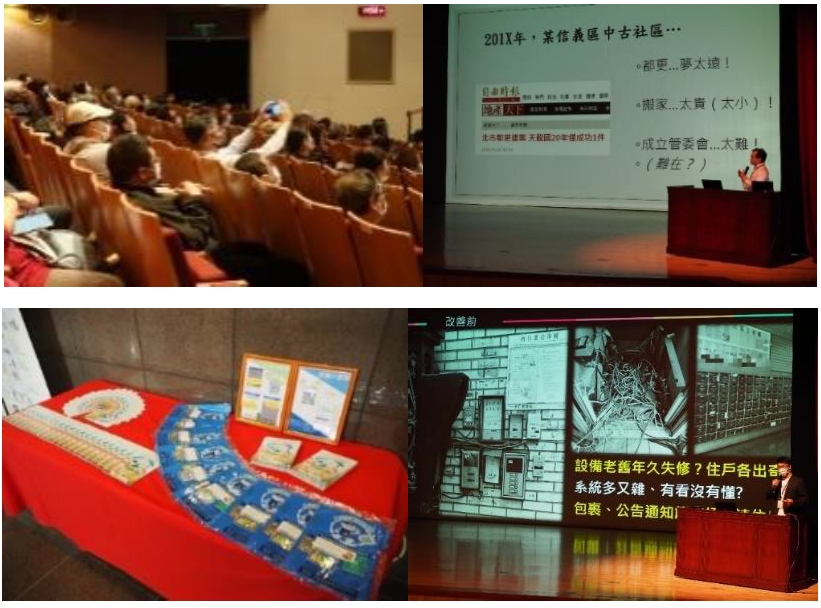
Figure 4 Initiative Advertising Convention in 2020
● Facebook Fan Page
Facebook is one of the most used social media in Chinese Taipei. Taipei City Government aims to convey green building and smart building related knowledge, announce initiative updates, and create an open path for citizens to ask questions.
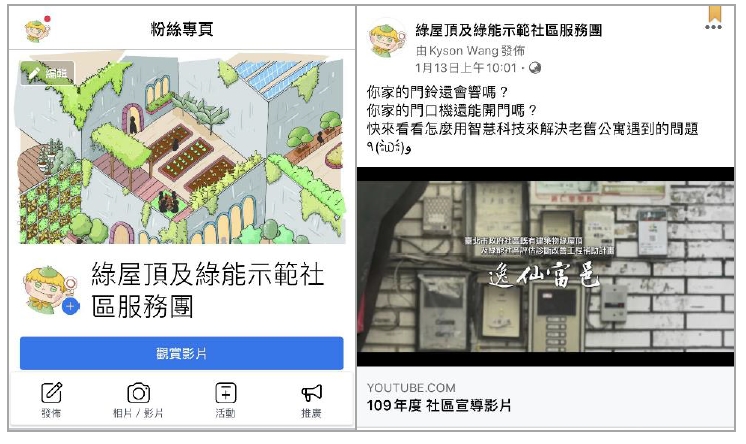
Figure 5 Facebook Fan Page
● Renovation Process Recording
Taipei City Government selects outstanding projects to record their renovation process and uploads to official YouTube account. It aims to convey energy saving more efficiently and to broadcast faster. These shorts not only illustrate before and after but also share the interviews of the residents which strengthen the credibility of the outcome.
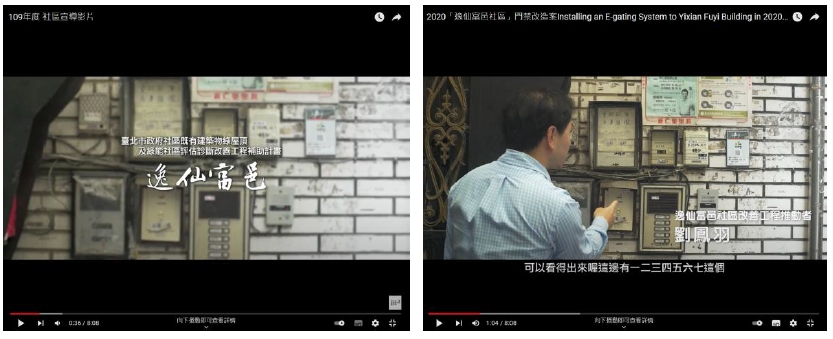
Figure 6 YouTube Video Documentary
Potential Impacts
● Taipei City Scale
It is hard to link directly between video door phone installation and elevator energy saving. YF demonstrates an economical measure to conquer the big issue of existing building energy upgrades. As mentioned at the beginning, around 70% of buildings are more than 30 years in Taipei, as shown in Figure 7.
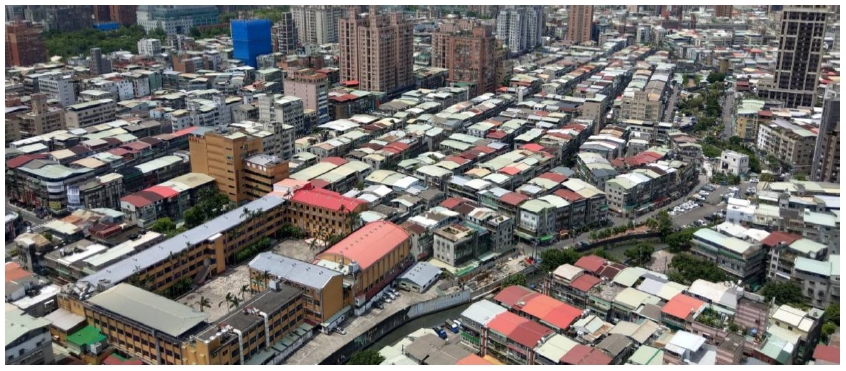
Figure 7 Taipei City View
According to the open data (from 1994 to 2021), there are 3,417 aging buildings in Taipei City. Also, broken door phone is a common problem in aging buildings. If this approach can be promoted, the effect is uncountable. Let’s assume 50% of the elevators in aging buildings can be renovated and 15% of them need to reconstruct their door phones. Elevator renovation alone can save 6,102,484 kWh and door phone reconstruction can further save 427,058 kWh energy consumption, as shown in Table 5.
Table 5 Impact of Elevator Renovation and Door Phone Reconstruction
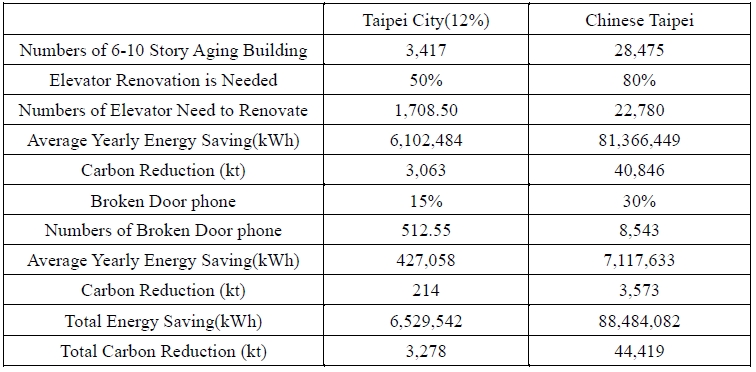
Additionally, Taipei City is planned in a high density. When more and more aging existing buildings undergo city redevelopment, building services will rely even more on vertical transportation than today. Consequently, the issue of elevator maintenance and renovation will be critical.
● Chinese Taipei Scale
The potential of energy saving was illustrated in Table 5, so the repetitious detail will not discuss in this section. This section focuses on the policy expansion effect within Chinese Taipei. Bureau of Energy launched the “New Energy Saving Campaign”, allocating funds to six capital cities and thirteen counties. Therefore, other than Taipei City, other local governments have similar initiatives related to energy saving. The successful story by elevator renovation and behavior-changing can be applied to all. Also, the approach of behavior-changing can be expanded to other systems, such as lighting, water usage, and many others.
● APEC Members Scale
APEC members share the same critical issue, in terms of Existing building decarbonization. According to “Net Zero by 2050 A Roadmap for the Global Energy Sector” from IEA, half of existing buildings should be retrofitted before 2040. The mitigation measures used in YF, including “ behavior and avoided demand and Energy Efficiency, account for nearly 50% of building-related carbons reduction” based on the analysis from IEA (See Figure 8).
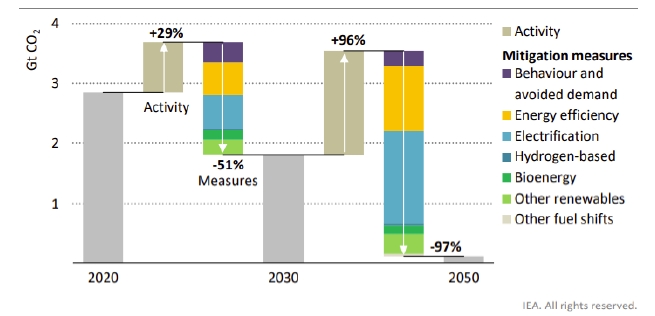
Figure 8 Global Decarbonization by Mitigation Measure in Buildings
(Source: IEA, 2021, p. 142)
Women’s Empowerment
The Green Building and Smart Building Initiative creates a platform for female designers to show their professionalism in the male-dominated architecture industry. It is because renovation projects compared to mass development are less labor-intensive and emphasize using smart thinking to shape a better living environment. As the impact assumed in the above section, female design thinking can gradually break into the renovation market and speak out for the “Girl Power”.
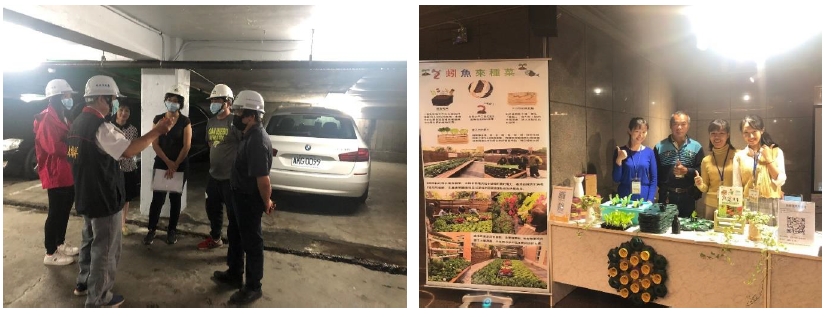
Figure 9 Female Professionals Engagement
Gender Equality
Chinese Taipei has enforced the law for gender equality, including the rights to work and education. Taipei City, a local government follows the law to ensure gender equality on every occasion. Take our project as an example, all the information announced in a digital version can reach every gender. Moreover, we focus on gender diversity in every event and activity such as team members, convention attendees, and interviewers in the promotional videos. We hope to include every citizens’ voice to build a greener and energy smarter city.
Conclusion
From phases one and two, Yixian Fuyi (YF) sets an example to take on the challenge of existing building energy upgrades through “equipment energy efficiency enhancement” and “behavior changing and demand decreases”. It demonstrates 37% energy saving in the first phase by installing a PM motor and inverter. The second phase, fixing the door phone avoids around 13% more energy demand. Moreover, it raises the importance of smart control on common areas in aging buildings without facility teams or condo associations. Residents usually neglect the energy waste in common areas until systems dead or have safety issues. If there is phase three in YF, it can further use a visualized platform to show its energy consumption and energy management system to analyze the further potential of energy saving. It is also worth to bring up the effect of empowering the female professionals. Taking the advantage of renovation projects, aspect from female designer can be spoken out in a male dominated the architecture industry. YF is just a start to change. With the efforts by multi-entities, more and more women will participate in the building energy upgrade market.
Project Website:
1.Taipei City Construction Management Office:
(1) Yixian Fuyi Project Promotion
4. Cloud Wireless Door Phone Demo